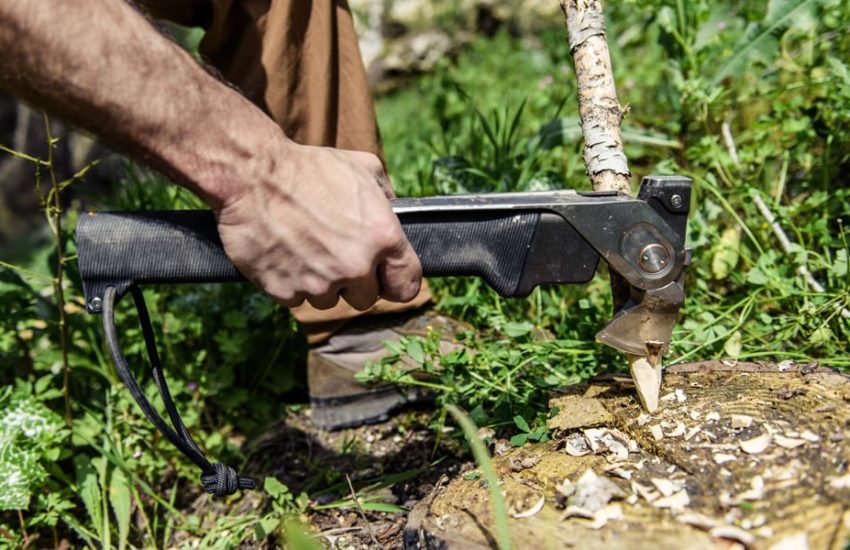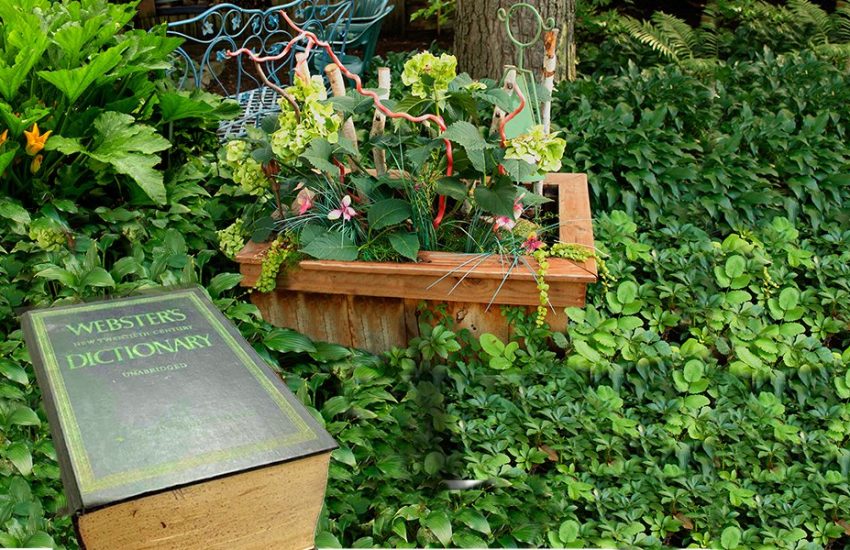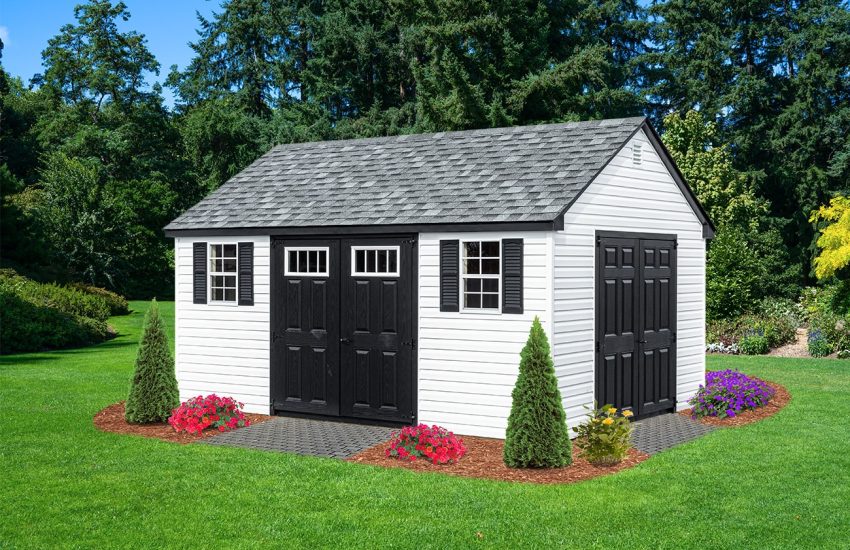The Ultimate Guide to Landscape Maintenance: Keeping Your Outdoor Spaces Flourishing
Maintaining a well-kept landscape is more than just about aesthetics; it’s about nurturing thriving outdoor environments that enrich our lives and communities. Landscape maintenance plays a pivotal role in preserving the beauty, health, and functionality of outdoor spaces, whether they adorn residential properties, commercial complexes, or public parks.
Benefits of Regular Landscape Maintenance
Regular landscape maintenance offers a plethora of benefits that extend far beyond mere visual appeal. Firstly, it enhances curb appeal, making a lasting impression on visitors and passersby alike. A meticulously maintained landscape can significantly elevate the overall aesthetics of a property, adding value and charm.
Furthermore, landscape maintenance is instrumental in preserving property value. Well-maintained landscapes contribute to the overall desirability and marketability of properties, thereby safeguarding investments for homeowners and property managers.
Beyond aesthetics and financial considerations, landscape maintenance contributes to creating a healthy environment. Properly tended landscapes promote biodiversity, support pollinators, and improve air quality, fostering a sustainable ecosystem.
Additionally, routine landscape maintenance helps prevent pest infestations by eliminating potential breeding grounds and addressing pest-attracting conditions. By proactively managing landscapes, homeowners and property managers can mitigate the risk of pest-related damage and nuisances.
Moreover, landscape maintenance promotes safety by addressing potential hazards such as overgrown vegetation, unstable trees, and slippery surfaces. Regular inspections and maintenance activities ensure that outdoor spaces remain safe for occupants and visitors alike.
Lastly, landscape maintenance aligns with environmental sustainability goals by conserving water, reducing waste, and minimising the use of harmful chemicals. Sustainable landscaping practices not only benefit the immediate surroundings but also contribute to broader conservation efforts.
Essential Practices for Effective Landscape Maintenance
Tree Pruning Techniques for Healthy Growth
Proper tree pruning is essential for promoting healthy growth, structural integrity, and aesthetic appeal. Regular pruning removes dead or diseased branches, improves air circulation, and enhances sunlight penetration, fostering optimal growth conditions. Utilise appropriate pruning tools and techniques to avoid damage and ensure precise cuts.
Shrubs Trimming: Maintaining Shape and Vigour
Trimming shrubs not only maintains their desired shape and size but also stimulates new growth and flowering. Prune shrubs after flowering to encourage vigorous growth and prevent overcrowding. Use sharp, clean pruning shears to achieve clean cuts and minimise stress on plants.
Proper Watering Strategies to Sustain Plant Life
Watering is crucial for sustaining plant life, especially in Singapore’s tropical climate. Water deeply and infrequently to encourage deep root growth and drought tolerance. Consider factors such as soil type, plant species, and weather conditions when determining watering frequency and duration.
Grass Cutting Tips for a Lush Lawn
Regular mowing is key to achieving a lush, healthy lawn. Adjust mower height based on grass type and growth rate to maintain an optimal height range. Avoid cutting more than one-third of the grass blade length in a single mowing session to prevent stress and promote strong root development.
Weed Removal Methods for Weed-Free Landscapes
Weed control is essential for maintaining a pristine landscape. Employ a combination of manual, mechanical, and chemical weed control methods to effectively manage weed infestations. Mulching, hand-pulling, and targeted herbicide applications are commonly used strategies for weed removal.
Hedge Trimming: Crafting Beautiful Boundaries
Regular hedge trimming not only maintains tidy boundaries but also promotes dense growth and flowering. Trim hedges to the desired shape and size, ensuring uniformity and symmetry. Use hedge trimmers or hand shears for precise cuts and a polished appearance.
Fertilising the Soil for Nutrient-Rich Grounds
Fertilising replenishes essential nutrients in the soil, promoting healthy plant growth and vitality. Choose fertilisers tailored to specific plant needs and soil conditions, and apply them according to recommended guidelines. Regular soil testing helps determine nutrient deficiencies and guide fertilisation efforts.
Dealing with Fallen Leaves: Importance and Disposal Techniques
Fallen leaves can smother grass, harbour pests, and create slippery surfaces if left unattended. Rake and collect fallen leaves regularly to prevent these issues and maintain a tidy appearance. Consider composting leaves to recycle nutrients and enrich soil fertility.
Managing Diseased or Damaged Plants: Early Detection and Treatment
Promptly identify and address signs of plant disease or damage to prevent further spread and deterioration. Prune affected plant parts, apply appropriate treatments, and implement cultural practices to promote plant recovery and resilience.
Clearing and Disposal of Debris: Keeping the Landscape Tidy
Remove debris such as fallen branches, litter, and accumulated organic matter to maintain a clean and tidy landscape. Regular cleanup efforts contribute to overall aesthetics, safety, and functionality.
Customising Landscape Maintenance Programs
Tailoring landscape maintenance programs to individual needs and preferences ensures optimal results and client satisfaction. Assess the specific requirements of each landscape, consider factors such as plant diversity, site conditions, and budget constraints, and develop personalised maintenance schedules and service packages.
Ensuring Safety and Compliance in Landscape Maintenance
Prioritising safety and compliance in landscape maintenance operations is paramount to safeguarding the well-being of workers and occupants. Adhere to workplace safety and health standards, identify and mitigate potential hazards, and comply with local regulations and guidelines to promote a safe and secure working environment.
Partnering with Professional Landscape Maintenance Services
Partnering with experienced and reputable landscape maintenance providers offers numerous advantages for homeowners and property managers. Entrust your landscape maintenance needs to skilled professionals who possess the expertise, resources, and commitment to deliver exceptional results. Select service providers based on factors such as reputation, experience, service offerings, and pricing transparency.
Empowering Homeowners with DIY Landscape Maintenance Tips
Empowering homeowners with practical DIY landscape maintenance tips enables them to take an active role in caring for their outdoor spaces. Equip yourself with basic tools and knowledge, follow step-by-step guides for routine maintenance tasks, and learn from common mistakes to achieve successful outcomes. By embracing a hands-on approach to landscape maintenance, homeowners can cultivate beautiful, healthy landscapes that bring joy and fulfilment.




